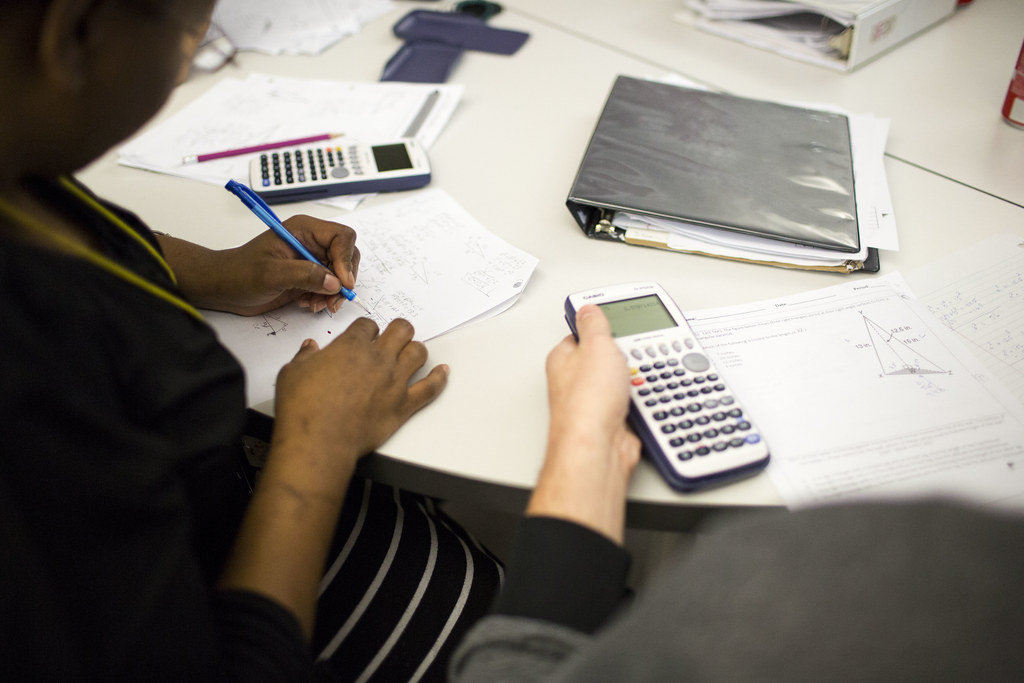Results are in for some high school STAAR exams, and they aren’t good – at least when it comes to math learning.
The year’s State of Texas Assessments of Academic Readiness measured students’ comprehension of a variety of subjects during a year when learning was anything but normal. Houston Chronicle education reporter Jacob Carpenter told Texas Standard that early predictions of student learning loss came true.
“Math is an area where there is a big struggle,” he said.
Unlike subjects like English, which students use in their everyday lives, math learning often only takes place in the classroom. Carpenter says that’s especially true for subjects like Algebra: “If you don’t have somebody teaching you this, you’re not going to learn it,” he said.
The percentage of Texas students who are considered to be “at grade level” after taking the primary high school math test, Algebra I, fell to 42%, down from 66% the year before.
In Houston, Carpenter says pandemic learning loss has disproportionately affected students of color, those with lower incomes and those learning English as a second language.
“Their test scores dropped, in some cases, by a much bigger percentage than white … more affluent students,” he said.
Other areas in the state where learning loss is more severe includes El Paso and the Rio Grande Valley.
This year’s STAAR results don’t include all students. Some students didn’t show up for the exam because of concerns about health risks during the pandemic. It’s possible those no-shows skewed the data. But Carpenter says there are enough consistent trends, statewide, to tell that the pandemic took a toll on students’ math comprehension.
“There are a whole lot of reasons why it’s difficult to to say this is exactly the amount of learning that was lost or however you want to define that. But nonetheless, these trends are broad enough,” he said.
















